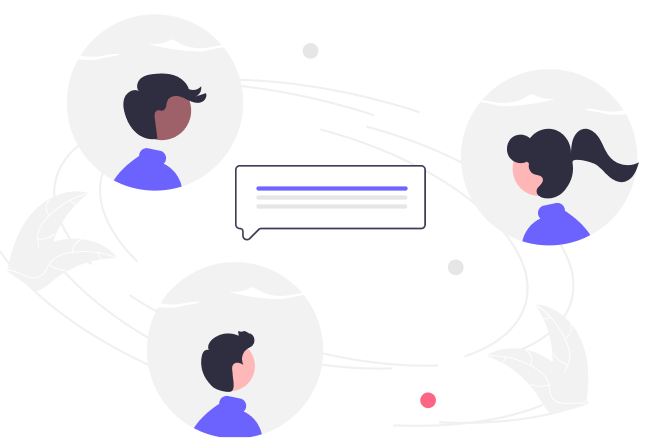This instructor led, online training course will provide students with the knowledge and skills to manage and protect your organization’s data, devices, and apps. We will also discuss autopilot, mobile device management, mobile application management, operating system deployment, and more.
Microsoft Endpoint Manager
Duration
9h
Students
0
Level
Intermediate
Last Updated
November 20, 2024

- 6 Sections
- 206 Lessons
- 9h Duration
Microsoft Intune
22 Lessons
Configuration Manager
145 Lessons
Co-Management
20 Lessons
Windows Autopilot
6 Lessons
Azure Active Directory (AZ-AD)
6 Lessons
Endpoint Manager Admin Center
7 Lessons
Free
Course Includes
- Describe Mobile Device Management (MDM) and Mobile Application Management (MAM)
- Better understand Hierarchy topologies
- Better understand application deployment
- Better understand operating system deployment
- Describe benefits of co-management
- Better understand autopilot


